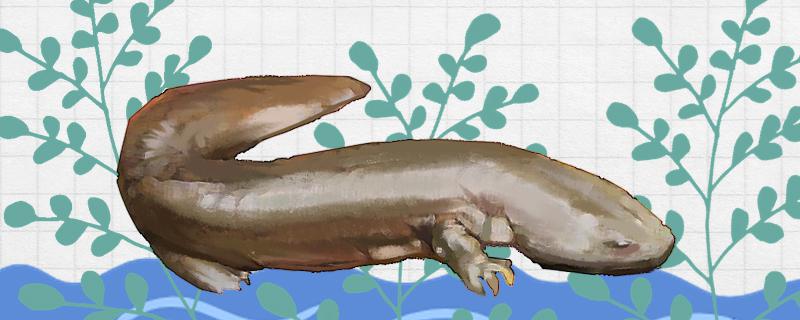
of giant salamander for water quality are higher than those of other animals. In addition to the requirement that the water is not polluted, attention should also be paid to the acidity and alkalinity of the water. Usually, spring water is used to breed giant salamanders, and natural spring water contains many substances beneficial to giant salamanders. It should be noted that if groundwater is used for aquaculture, aeration must be carried out first, because groundwater is underground all the year round, and the oxygen content is relatively low, which is very harmful to the growth of giant salamanders. In addition, the giant salamander has certain requirements for the acidity and alkalinity of water, usually requiring the acidity and alkalinity of water to be 6.5-7.5. If the acidity and alkalinity are not within this range, it will affect the health of the giant salamander.
of the giant salamander is 18-22 C. The temperature requirement of the giant salamander in different areas may be different, but basically within this temperature range. When the temperature is too low, the giant salamander will hibernate, and if the temperature is too high, the giant salamander will go into aestivation. Whether hibernation or aestivation, it is not conducive to the growth of giant salamander.
In many places where giant salamanders are bred, the habits of giant salamanders will be changed according to the temperature, so that the giant salamanders can grow throughout the year, which also greatly improves the breeding efficiency. When giant salamanders are kept at 16 to 22 degrees, their growth rate is very fast, which greatly shortens the breeding cycle.